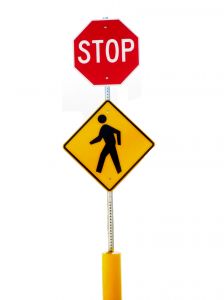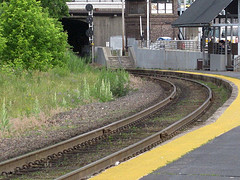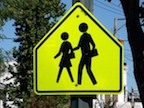
It’s reasonable to expect that the medications we use to treat conditions should be safe to consume, but all too often San Francisco personal injury attorney Gregory J. Brod has been made aware of people who are sickened or worse by the drugs they take. And now, even one of the most common class of medications that millions of Americans rely on for relief, antacid drugs, may be hazardous to one’s health.
According to the San Francisco Chronicle, a study conducted by Kaiser Permanente researchers that was released Tuesday has found that the long-term use of popular antacid drugs for indigestion relief can cause a deficiency of vitamin B-12. In its untreated form, that condition, in turn, has been blamed for an increased risk of dementia, nerve damage, anemia and other potentially serious medical issues.
The study, which was published online in the Journal of the American Medical Association, found participants who consumed a class of drugs known as proton pump inhibitors – commonly known to the public through brand names such as Prilosec, Prevacid and Nexium – for a period longer than two years ran a 68 percent greater chance of developing a vitamin B-12 deficiency.
The use of antacid drugs for the treatment of heartburn, stomach acid reflux disease and gastric ulcers has been fairly common in the United States since the 1990s, and many Americans typically take them for no more than the maximum recommended duration of eight weeks. However, some consumers have been taking antacids for much longer periods.
The vitamin B-12-linked conditions associated with long-term use of proton pump inhibitors seem to be triggered because this class of antacids does such a good job of shutting down the stomach cells responsible for producing acid – but those same cells are needed to absorb vitamin B-12.
While the revelations from the Kaiser study are new, the connection between the use of proton pump inhibitors and medical problems is an established one, including these findings from the federal Food and Drug Administration:
- An FDA report issued in May 2010 found a link between the high dose, long-term use of proton pump inhibitors and the risk of possible fractures of the hip, wrist and spine
- An FDA safety communication issued in March 2011 warned of the risk of low magnesium levels associated with the long-term use of proton pump inhibitors
- An FDA safety communication issued in February 2012 warned of associated diarrhea linked to the use of proton pump inhibitors
 San Francisco Injury Lawyer Blog
San Francisco Injury Lawyer Blog













 Often the law is an effort to resolve two competing interests. For example, traffic laws balance personal freedoms with safety concerns and tax laws balance a need for government services with the reluctance to pay for shared services. We have previously mentioned the law of sovereign immunity, a balancing decision that often protects a government institution while taking away an injured person’s right to recover damages. Last week, a federal court sitting in California looked at a question of
Often the law is an effort to resolve two competing interests. For example, traffic laws balance personal freedoms with safety concerns and tax laws balance a need for government services with the reluctance to pay for shared services. We have previously mentioned the law of sovereign immunity, a balancing decision that often protects a government institution while taking away an injured person’s right to recover damages. Last week, a federal court sitting in California looked at a question of 

 As of late Monday,
As of late Monday,  An Overview of Dram Shop Laws and the Liability of Establishments that Supply Alcohol
An Overview of Dram Shop Laws and the Liability of Establishments that Supply Alcohol 